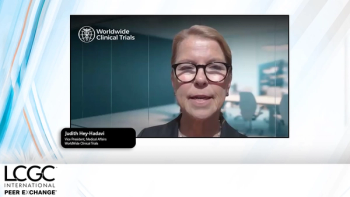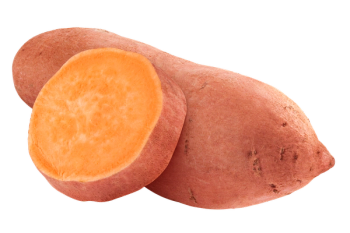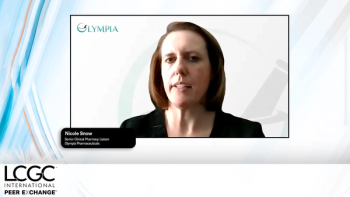
Metallomics: Analysis and Applications
This Wednsday morning session will be presided over by Professor Feldmann of the University of Aberdeen, Aberdeen, Great Britain.
Room B13 (Hall B1)11:00
This Wednsday morning session will be presided over by Professor Feldmann of the University of Aberdeen, Aberdeen, Great Britain.
The first presentation in the session will be given by Michael W. W. Adams of the University of Georgia, Athens, USA. Adams will discuss defining the metalloproteomes of microorganisms.
Next, Søren Husted of the University of Copenhagen, Denmark, will present a talk titled ‘Metallomics Approaches in Plant Science’.
The next presentation, given by Wolf D. Lehmann of the German Cancer Research Centre, Heidelberg, Germany, is titled ‘ICP-MS Enforces Quantitative Phosphoproteomics by LC–MS’.
Claudia Swart of The Physikalisch-Technische Bundesanstalt, Braunschweig, Germany, will then present a talk on the quantification of Se and Fe containing biomolecules using HPLC-ID-ICP-MS. Her presentation will discuss inductively coupled plasma mass spectrometry (ICP-MS) in combination with isotope dilution (ID) as the most promising approach for the quantitative determination of metalloproteins in biological samples.
The final presentation in the session will be given by the chair, Professor Jörg Feldmann of the University of Aberdeen, Aberdeen, Great Britain, and is titled ‘Metallomics: opportunities and pitfalls’. Feldmann’s talk will give an overview about the newly emerging OMICS field of ‘Metallomics’ and how people define this area of interest in their own study.
Newsletter
Join the global community of analytical scientists who trust LCGC for insights on the latest techniques, trends, and expert solutions in chromatography.





